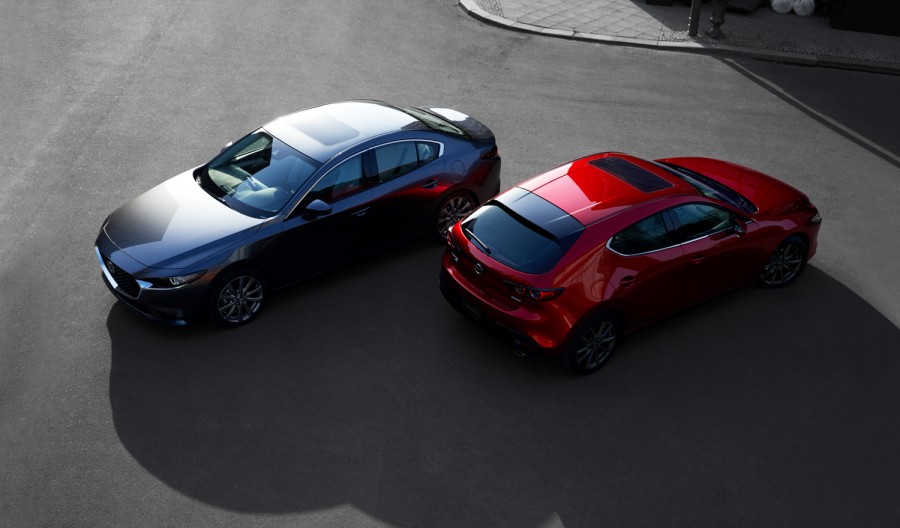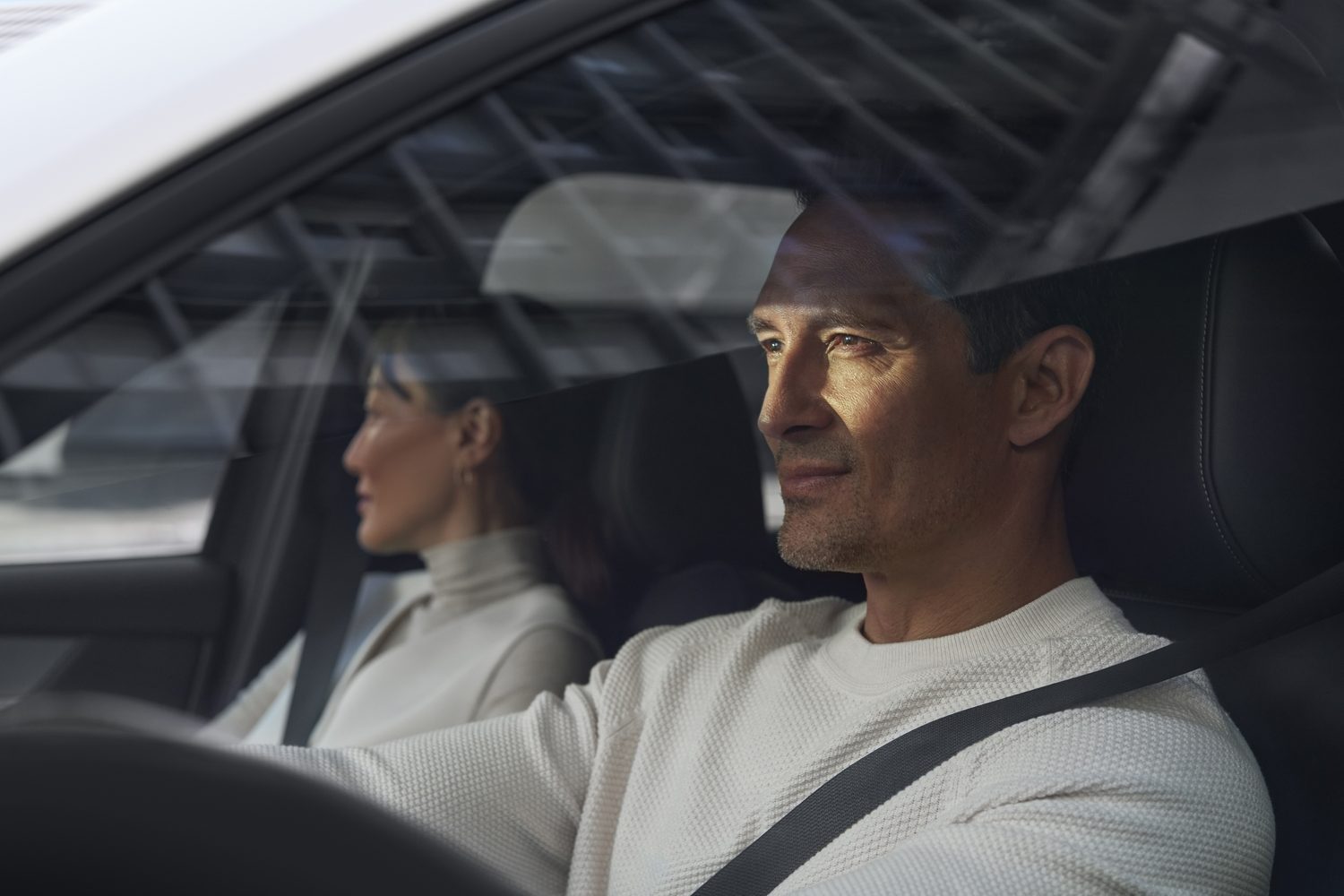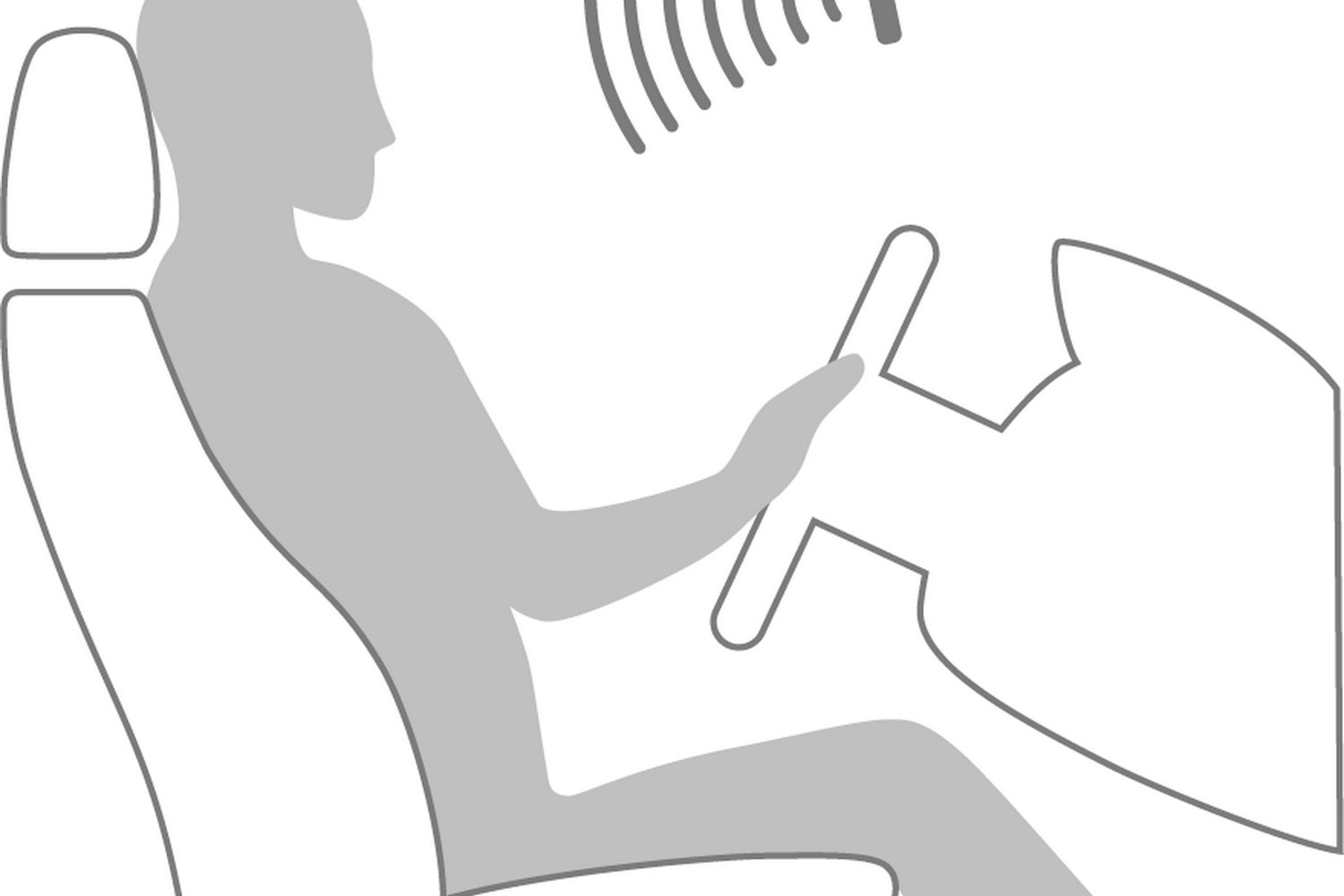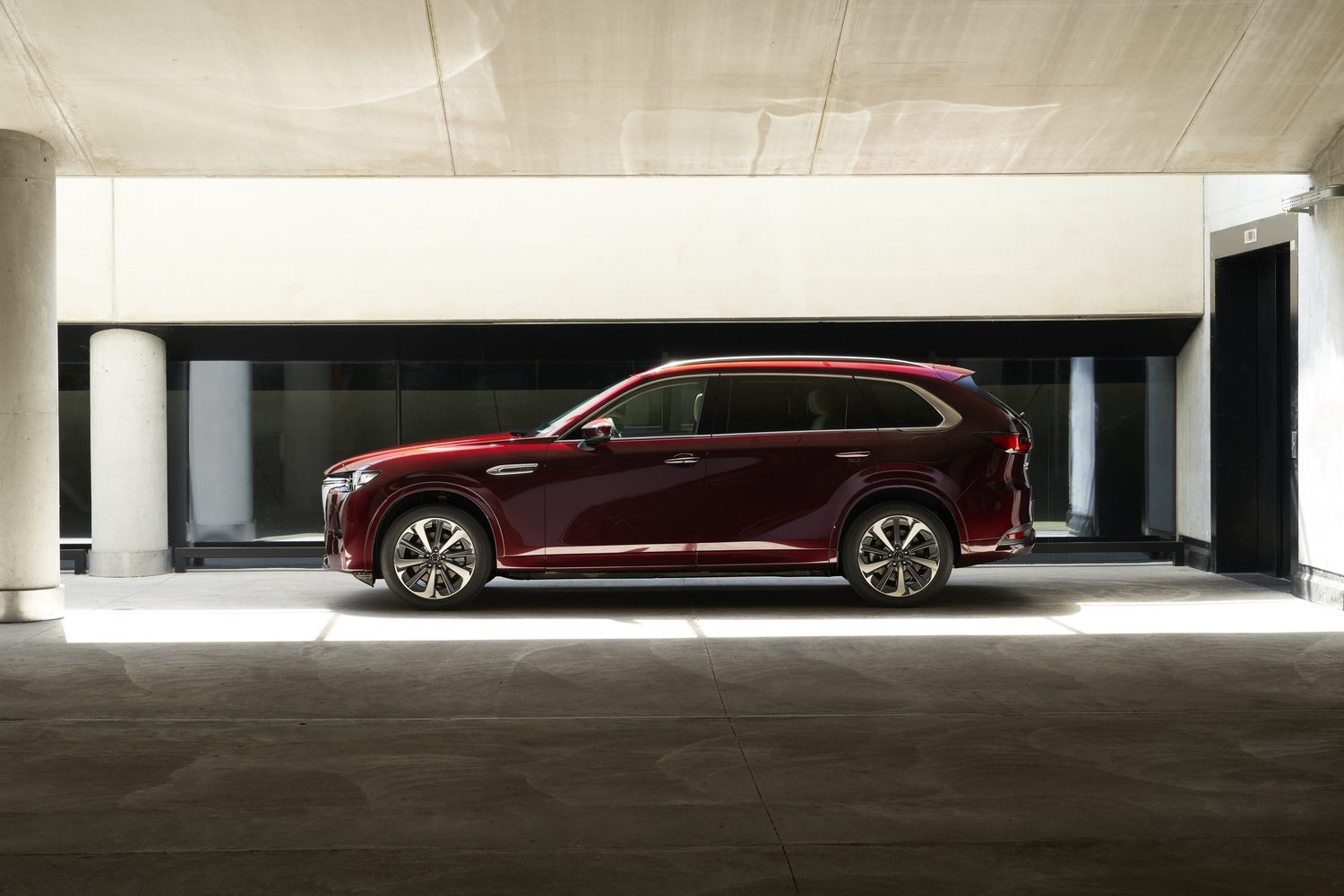A perusal of the Euro NCAP test results pages usually makes for interesting, and occasionally alarming, reading. Checking out how car makers, and individual models, rate for safety under the gimlet eyes of the NCAP test team is fascinating, and one particular stat stands out.
It’s that Mazda - a company which we don’t associate as closely with safety as we would, say, Volvo or dearly-departed Saab - has actually racked up maximum five-star scores for every car it’s put forward for the NCAP test since 2017. And all of those cars have scored in the high-80-per-cent or 90-per-cent levels for adult occupant protection, scores which really do vie with Volvo for the best in class.
Some of the highest-scoring cars in terms of safety

Two models, the Mazda3 hatchback and the CX-30 crossover, scored 98 per cent and 99 per cent, respectively, for adult occupant protection on the Euro NCAP tests. That’s as close as you can get to a perfect score, really.
So, there’s an unexpected fact for your day - Mazda, a company we traditionally associate with reliable family hatchbacks and the MX-5 two-seat sports car, makes cars that are every bit as safe as a Volvo. Safer, in some cases.
While I’m sure there’s a temptation for Mazda’s engineers to lay out these laurels and take a good long reclining rest on them, nothing of the sort is happening. In fact, Mazda’s people are already hard at work on how to create the best safety systems for the coming world of the ‘software-defined’ car. Cars in which the ones and zeros will be of far greater importance than the pistons and the gear wheels.
The question which Mazda is currently asking is: How do you create the safest car possible, while still putting the driver and their enjoyment behind the wheel at the centre of the process?
Putting the driver first

Takahiro Tochioka, a programme manager for advanced driver assistance systems (ADAS) at Mazda’s Development Strategy Planning Department, explains that the risk-mitigation objective has a human approach. “We always put the driver first,” he says. “We offer vehicle safety technology that allows them to enjoy driving the car on their own without it getting in their way.”
This concept of driver-first led to the Mazda Proactive Safety system, which the company introduced in 2010, and which it has been developing ever since. It’s not just about adding airbags, or making crumple zones bigger, nor even layering on ever deeper levels of electronic assistance. In fact, Mazda went right back and started with the basics - everything from where the driver sits and how good their view out is, to the structure of the chassis and its crash performance.
Only once that was right did Mazda start adding the electronic driver assistance systems. Called i-Activsense, a cache of safety technologies was developed - including millimetre-wave radar, cameras, unintentional lane departure warnings and automatic headlight switching - designed to help the driver to be aware of possible road safety risks ahead of the car.
Next step is the Mada Co-Pilot

The next level is the Mazda Co-Pilot, which is a more active and high-tech safety setup, and it’s designed to work just like a co-pilot, helping the driver out, rather than nagging them and trying to take over. It’s part of Mazda’s plan to record zero fatal accidents involving its vehicles by 2040.
Koichi Kojima, also an ADAS/AD programme manager at the Integrated Control System Development Division, explains how it started: “For example in Japan, whilst the overall number of serious road accidents has been decreasing thanks to the advancement of safety technologies, those caused by the driver’s sudden illness has been on the rise,” he says. “This led us to come up with more advanced safety measures. The car constantly monitors the state of the driver through the tiny camera installed in the onboard display. When it detects the driver's eyes are closed or distracted and when the driver's hands are off the steering wheel, it gives them a warning in the form of haptic braking, or voice guidance before bringing the car to a halt. At which point it also makes an emergency call and unlocks the doors for a necessary rescue operation on behalf of the driver.”
Sounds like sci-fi? Nope, you can already buy this Unresponsive Driver Support system in the new Mazda CX-80, which is on sale right now. “For this kind of technology, we had to work with relevant authorities closely to make sure that our invention is in no breach of related laws or regulations,” said Kojima, “whilst further improving road safety for the drivers and occupants.”

Importantly, none of this is bought-in technology, something of which Mazda is proud, and which has significant safety implications in the software-dependent world. It’s far better to know that every line of code has been written and verified by your own engineers, rather than relying on tech from the outside. “We have the full understanding of our own system with all the in-house intel and experience shared across the board,” says Kojima. “We’re now in the position to be able to innovate further and create something ground-breaking for the future.”







